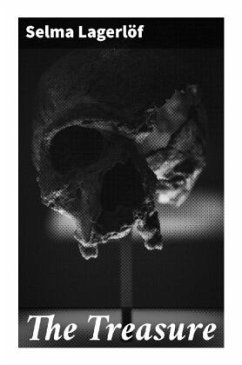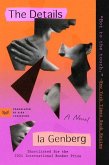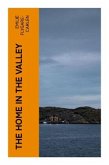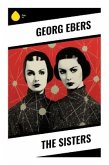Selma Lagerlöf's "The Treasure" unfolds a richly woven tale imbued with themes of adventure, moral introspection, and the quest for identity, set against the backdrop of Sweden's enchanting landscapes. Characterized by Lagerlöf's lyrical prose and deep psychological insight, the narrative subtly interlaces folklore with existential dilemmas, reflecting the literary context of her time wherein the boundaries between realism and mysticism were deftly explored. The plot follows the journey of its protagonists as they navigate the complexities of human relationships and the notion of treasure-both material and spiritual-within the societal constraints of early 20th-century Sweden. A pivotal figure in Swedish literature, Selma Lagerlöf was the first woman to win the Nobel Prize in Literature in 1909, an accolade that recognized her unique voice and storytelling prowess. Her upbringing in a rural setting, along with her deep connection to her native land and its folklore, significantlyinfluenced her writing. Lagerlöf's commitment to exploring the innovative narrative forms alongside social issues of her era ensures that "The Treasure" stands as a reflective exploration of human aspirations against a backdrop of changing societal norms. "The Treasure" is an essential read for those intrigued by literary explorations of the human condition and cultural identity. Lagerlöf's narrative mastery invites readers to reflect on their own treasures, while also providing an evocative glimpse into the cultural tapestry of Sweden. This work resonates not only as a remarkable story but also as a profound commentary on the universal search for meaning and belonging.
Bitte wählen Sie Ihr Anliegen aus.
Rechnungen
Retourenschein anfordern
Bestellstatus
Storno








